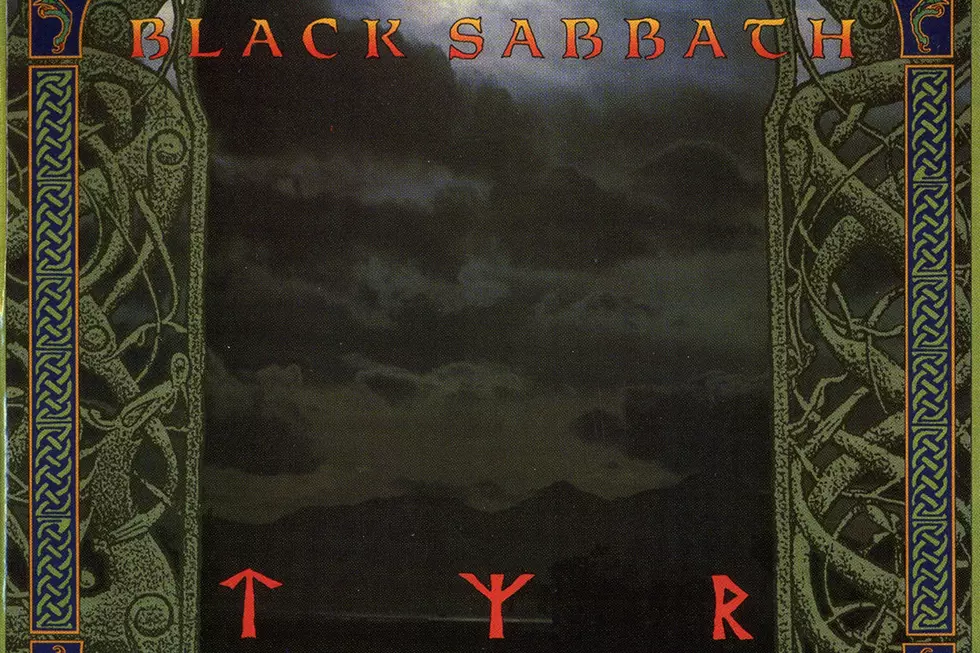
How Black Sabbath Tried to Stay Relevant With ‘Tyr’
As the '90s arrived, heavy rock music was enjoying one of its biggest commercial periods, but one of its signature bands couldn't get arrested. That's the fate that befell Black Sabbath, whose 15th album Tyr arrived in stores on Aug. 20, 1990.
It was a particularly fallow period for the group. Guitarist Tony Iommi had become the band’s last remaining founding member, and they were confined to an independent label that appeared only moderately engaged in promoting their cause. It didn't help that the Black Sabbath brand was almost totally overshadowed by the solo stardom enjoyed by original singer Ozzy Osbourne.
And yet, despite these depressing big picture realities, in the small scheme of things, Black Sabbath refused to go down without a fight. In Tyr, which was named after a Norwegian god, they delivered a perfectly respectable, if unspectacular, heavy metal album – very much in line with the creative direction laid out by underrated recent efforts The Eternal Idol and Headless Cross.
But for all the talk of lineup instability, Tyr counted with the same players as Headless Cross (Iommi, singer Tony Martin, bassist Neil Murray, drummer Cozy Powell, and keyboardist Geoff Nicholls) and three out of five from The Eternal Idol (Iommi, Martin, Nicholls), so there was certainly hope for the few, faithful fans willing to give Sabbath’s latest a chance.
These fans were presented with a trio of majestic doom anthems in “Anno Mundi (The Vision),” “The Sabbath Stones” and “Jerusalem”; three hard-charging gallops in “The Law Maker,” “Feels Good to Me” and “Heaven in Black”; and a conceptual suite inspired by Norse mythology in “The Battle of Tyr,” “Odin’s Court” and “Valhalla,” which signaled Tony Martin’s realization that he need not always talk about heaven and hell as Black Sabbath’s singer.
Among rock critics, opinions were mixed. The general consensus was that Tyr lacked the level of songwriting and inspiration heard on its immediate predecessors, while causing some confusion with the not-quite-conceptual themes that were unfamiliar to most Sabbath fans.
Perhaps the biggest legacy of Tyr, however, was just how quickly it was forgotten – or rather, overshadowed yet again: Not even two years later, Iommi reunited with singer Ronnie James Dio, drummer Vinny Appice, and lured back founding bassist Geezer Butler, for the Dehumanizer album and tour.
This move would, of course, serve to re-energize Black Sabbath’s commercial relevance quite literally overnight – before collapsing nearly as quickly. It also inadvertently fomented public perception that nothing good had come out of the years and albums that preceded it, including Tyr.
Rock Star Phobias: What Scares Your Favorite Artists?
Why Black Sabbath Hated One of Their Own Albums
More From Ultimate Classic Rock









